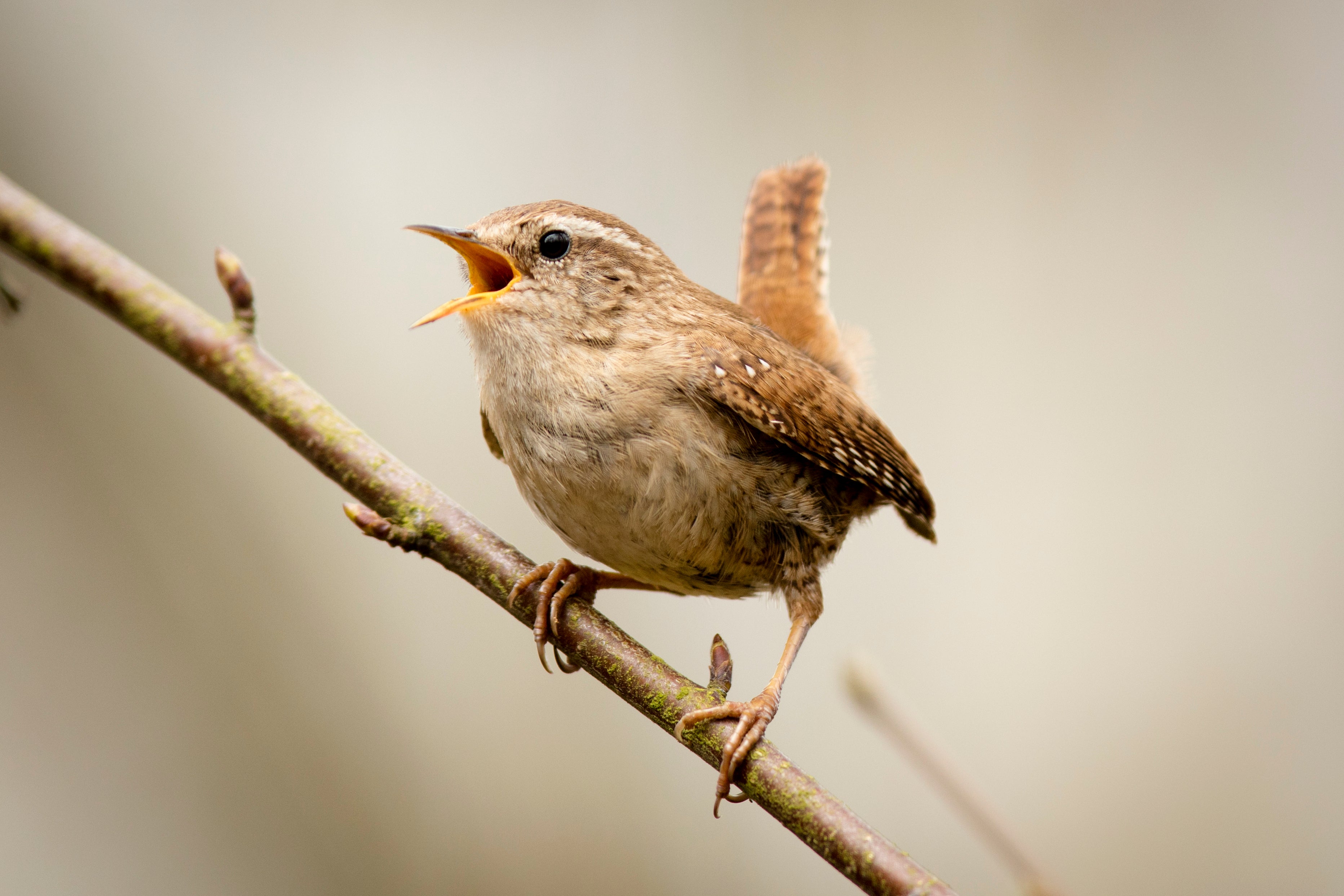Why do birds sing in the morning, and does anything eat bees?
We explore the curious questions that science can answer

Why do birds all sing first thing in the morning?
Territories and defended areas are maintained during breeding season. The birdsong, an auditory signal, is used to attract mates, warn off rivals, alert other birds to danger, and, in the case of young birds, beg for food.
The best time to hear birdsong is at dawn. The dawn chorus is one of the marvels of nature. Birds all over the world show the greatest amount of singing activity around dawn, from English woodland to tropical rainforest. But why they do it at this particular time is still not clearly understood.
One reason may be that dawn is the best time for sound to travel, because there is little wind and less noise. Songs broadcast at dawn can be 20 times as effective as those broadcast at midday. And this is a time when birds can’t do much else. Light intensity is low, making it difficult for them to hunt and forage. Low temperatures keep their insect prey on the ground.
By singing at dawn, when their energy reserves are low after the night, male birds may be telling females that they are still fit for breeding. Dawn may be a good time to sing, but there is likely to be a lot of vocal competition.
So there are advantages to singing at a different time of day, particularly when two different species have similar songs.
Is it true that tortoises should not be fed on peas because it makes their shells go soft?
There is some truth in this, but it is not black and white. Basically, tortoises should not be fed too much of any of the pulses. Pulses are fattening, strange though this may seem, and this can disrupt the shell structure. In an adult, the shell wouldn’t go from hard to soft; rather, there would be a build-up of the wrong sorts of fats around the liver and kidneys. On the other hand, young tortoises are growing rapidly, and too much fat and protein in their diet would result in a soft shell. Tortoises should be fed as varied a diet of fruit and vegetables as possible, together with a full vitamin and mineral supplement. Also, if the tortoise is being kept indoors over the winter, they should have a daylight tube.
How do chickens sit on their eggs without actually breaking them?
The eggs survive the experience because hens are designed so that when they are incubating their eggs, they do not actually sit on them. Hens’ skeletons are shaped so that the eggs can fit underneath the hen but none, or very little, of the weight of the hen is on the eggs. The feathers act as insulation to keep the eggs warm and it is the feathers that give the impression that the hen is sitting directly on top of the eggs.
Why doesn’t the blood in bats run to their heads when they’re hanging upside down?
Your circulatory system adapts to whatever position you are in – heart, arteries, capillaries and veins all work to move the blood through the circulatory system in one direction. Bat hearts are large, relative to body size, compared with other mammals. The position of the heart is also modified in many “microchiropteran” bats, so that it is in a nearly sideways position. Bats also have high stroke volumes (amount of blood pumped by the heart in one beat cycle), so they have large hearts and high heart rates. Valves in the heart prevent backflow, and there are modifications of some of the “arteries, veins and capillaries that allow bats to regulate the amount of blood circulating through flight membranes. They can reduce or even stop the circulation to parts of the wings to control heat-loss across the membranes.
Do any animals eat bees?
Yes; bees have many enemies. The bee-eater is the most common enemy from the bird world. Badgers and skunks dig up bees’ nests for the honey but they also eat the bees themselves. Field mice and shrews will attack bee nests. Wax moths lay their eggs in bee nests and the caterpillars ruin the bee egg cells by burrowing through them.






Join our commenting forum
Join thought-provoking conversations, follow other Independent readers and see their replies
Comments